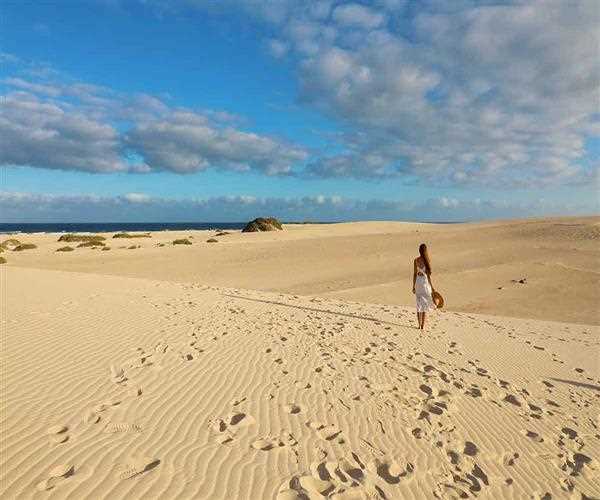The largest beach in the world is Praia do Cassino, located in the state of Rio Grande do Sul in Brazil. Praia do Cassino stretches for over 212 kilometers along the Atlantic coast of Brazil, making it the longest uninterrupted beach in the world.

Praia do Cassino was formed by the deposition of sand and sediment from the nearby rivers and is constantly changing due to the movement of ocean currents and winds. The beach is known for its beautiful sand dunes, crystal-clear waters, and diverse marine life.
The beach is popular among tourists and locals alike, who enjoy its natural beauty, relax on the sand, and participate in various water sports and activities. The area around Praia do Cassino is also home to several wildlife reserves and conservation areas, which protect the region's unique ecosystem and biodiversity.
Praia do Cassino is located in the municipality of Rio Grande, which is known for its rich history and cultural heritage. The region has a strong maritime tradition and is home to several museums and cultural attractions that showcase the area's history and heritage.
Despite its size and popularity, Praia do Cassino remains relatively unspoiled, with minimal development along its vast expanse of sand. This is partly due to its protected status as a conservation area and the efforts of local authorities to promote sustainable tourism practices.
In addition to its natural beauty and cultural significance, Praia do Cassino also has a unique climate that sets it apart from other beaches around the world. The region experiences a phenomenon known as "chimarrão," which is a strong, cold wind that blows in from the south and creates ideal conditions for surfing and other water sports.
In conclusion, Praia do Cassino is the largest beach in the world, stretching for over 212 kilometers along the Atlantic coast of Brazil. Its natural beauty, diverse marine life, and cultural heritage make it a popular destination for tourists and locals alike, while its protected status as a conservation area ensures that it remains relatively unspoiled and sustainable for future generations to enjoy.